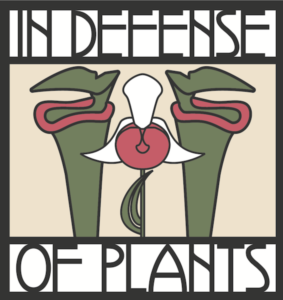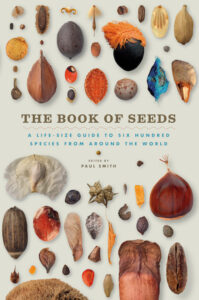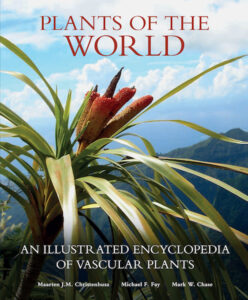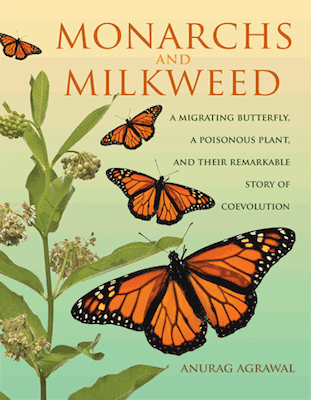If you, like me, like moss, you’ll be pleased to learn that you can indulge your bryophilic inclinations to your heart’s content through the most recent episode – number 180 – of the In Defense of Plants podcast.

If you, like me, like moss, you’ll be pleased to learn that you can indulge your bryophilic inclinations to your heart’s content through the most recent episode – number 180 – of the In Defense of Plants podcast.

After covering such subjects as beetles, frogs, eggs, caterpillars, and even orchids, the University of Chicago Press’ Life-Size series is finally showing signs of going to seed – well, “seeds” actually (sorry, I couldn’t resist).

I could spend paragraphs explaining how significant the recent publication of “Plants of the World; An Illustrated Encyclopedia of Vascular Plants” is to the history of the literature of botany; how it’s “the first book to systematically explore every vascular plant family on earth,” and how it’s “organized in a modern phylogenetic order [with] detailed entries for each family.”

Whenever someone begins a sentence, “Can I ask you a question about butterflies?” the odds are good, particularly if I’m in North America at the time, that it is going to be a question about Monarchs. And there’s plenty of reasons for this. Even if Monarchs aren’t prominent among your local lepidoptera there is simply something about these vivid black-and-orange butterflies that has captured the popular imagination.